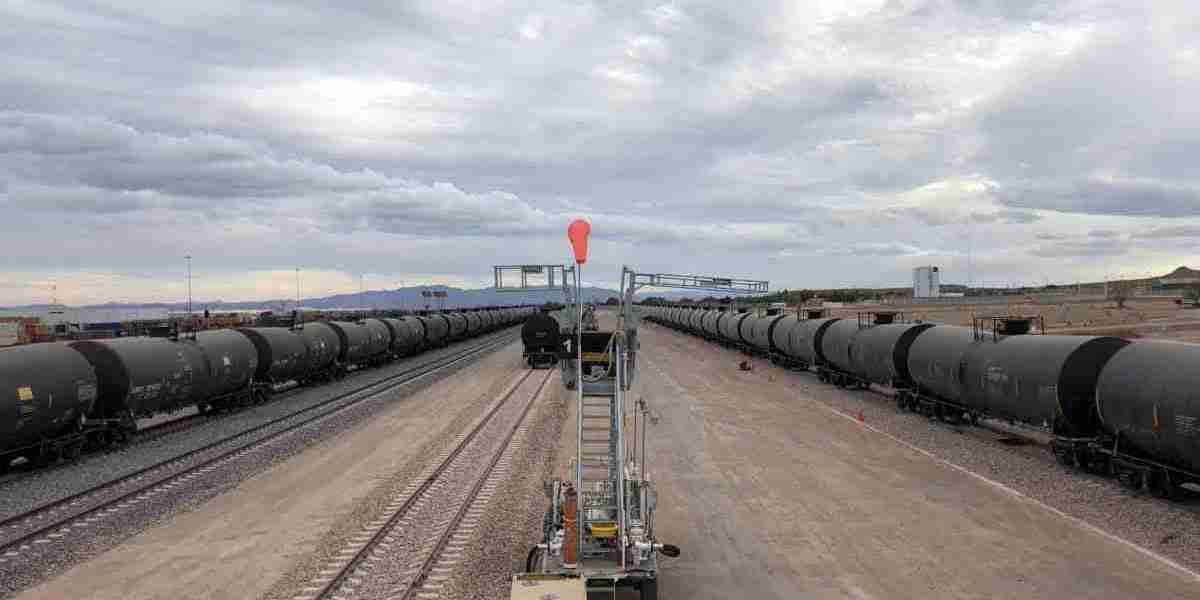In this article, we will delve into the significance of transloading facilities and how they contribute to enhancing logistics efficiency.
The Fundamentals of Transloading Facilities
Transloading facilities serve as intermediary points where cargo undergoes a change in transportation mode. This process involves transferring goods from one type of container to another, enabling seamless transition across diverse transportation networks. The flexibility provided by transloading facilities ensures that goods can be efficiently transported over long distances, overcoming the challenges posed by varying transportation infrastructures.
Overcoming Intermodal Challenges
One of the primary advantages of transloading facilities is their ability to address the challenges associated with intermodal transportation. When goods need to move across different modes of transportation, such as from sea to land or vice versa, transloading facilities play a pivotal role. These facilities eliminate the need for direct compatibility between transportation modes, allowing for a more versatile and cost-effective approach to logistics.
Increasing Efficiency in Supply Chains
Transloading facilities significantly contribute to optimizing supply chain efficiency. By strategically locating these facilities at key transportation junctions, companies can reduce transit times and costs associated with long-distance transportation. This strategic placement enhances the overall agility of supply chains, allowing businesses to respond swiftly to market demands and fluctuations in consumer behavior.
Transloading facilities strategically placed at key transportation junctions act as force multipliers for supply chains. This strategic placement minimizes the distance goods need to travel between modes, reducing transportation costs and transit times. The efficiency gained from this approach enables businesses to stay competitive in a fast-paced market environment.
Future Trends and Innovations
As technology continues to advance, transloading facilities are likely to witness innovations that further enhance their efficiency. Automated systems, IoT integration, and data analytics are expected to play crucial roles in optimizing operations at these facilities. Additionally, environmental considerations may drive the development of eco-friendly transloading solutions, aligning with global sustainability goals.
Conclusion
In the dynamic world of logistics, transloading facilities stand as linchpins that connect various modes of transportation seamlessly. Their role in optimizing supply chains, overcoming intermodal challenges, and providing cost-effective solutions cannot be overstated. As businesses continue to navigate the complexities of global trade, leveraging the strategic placement and versatility of transloading facilities will undoubtedly remain a key component of successful logistics strategies.








